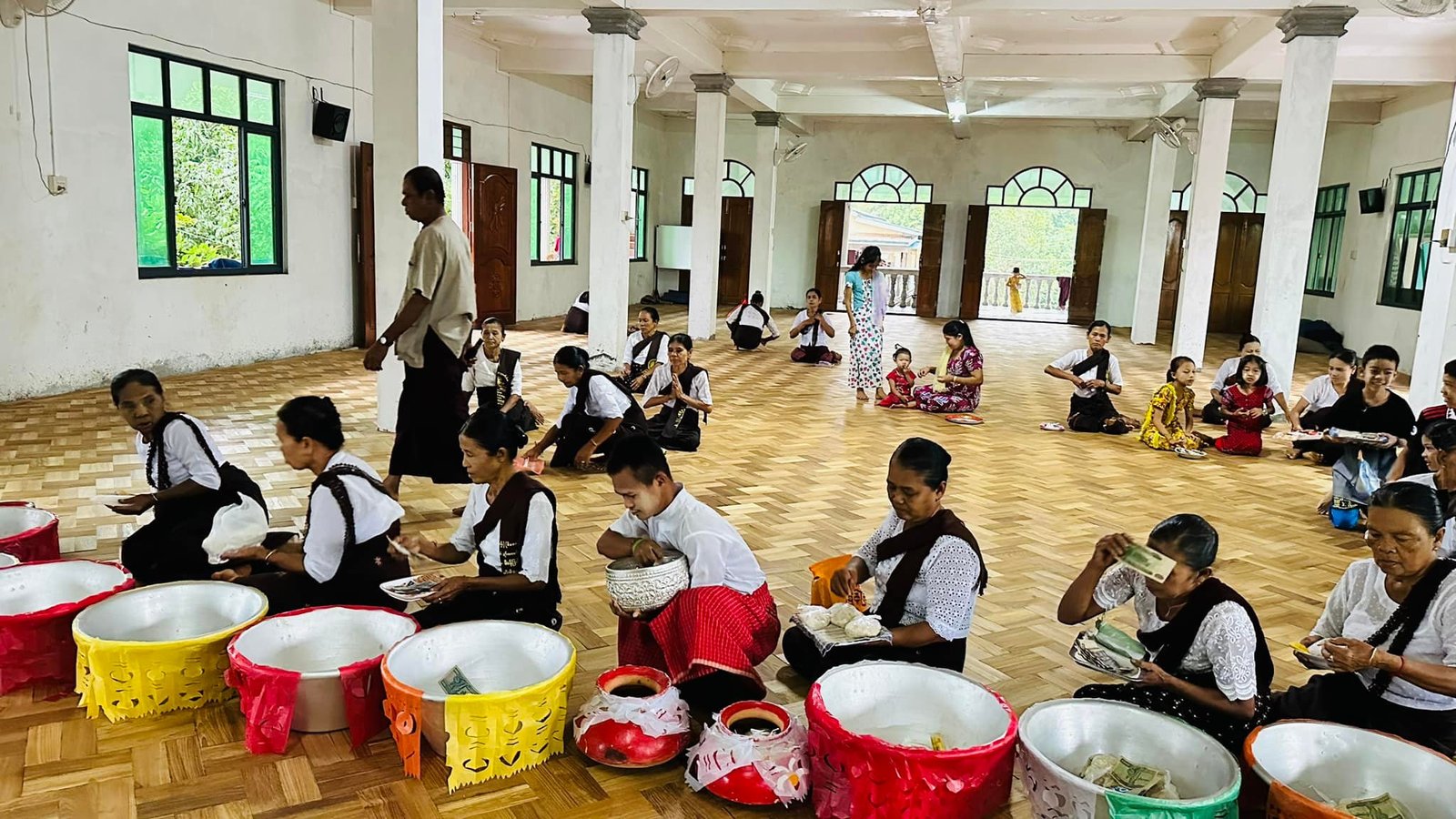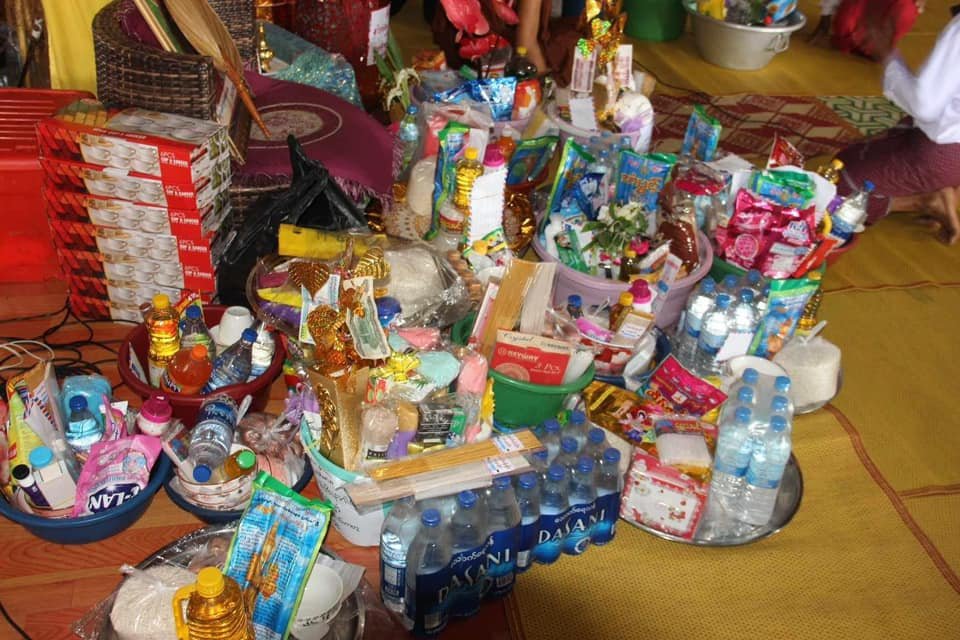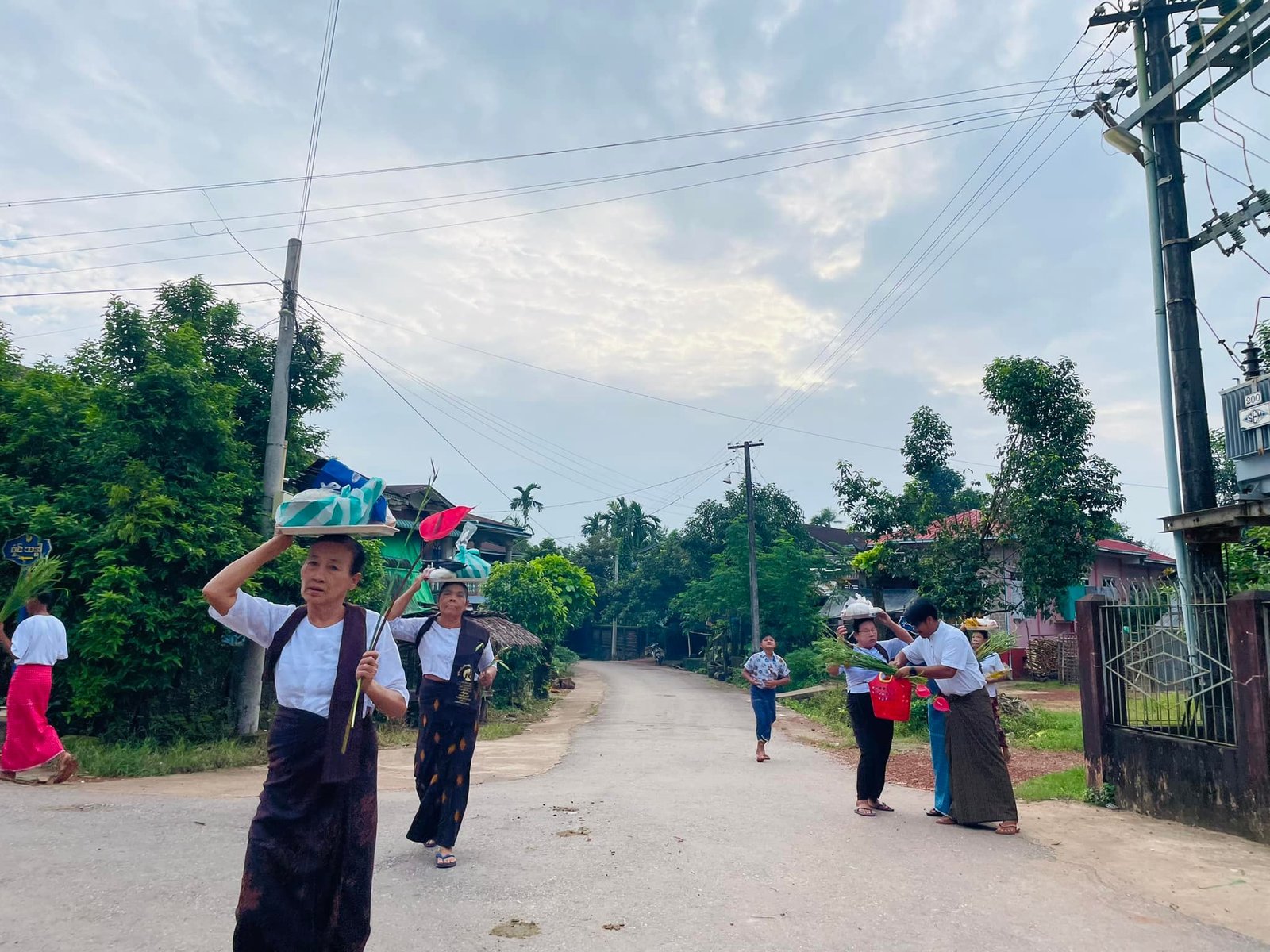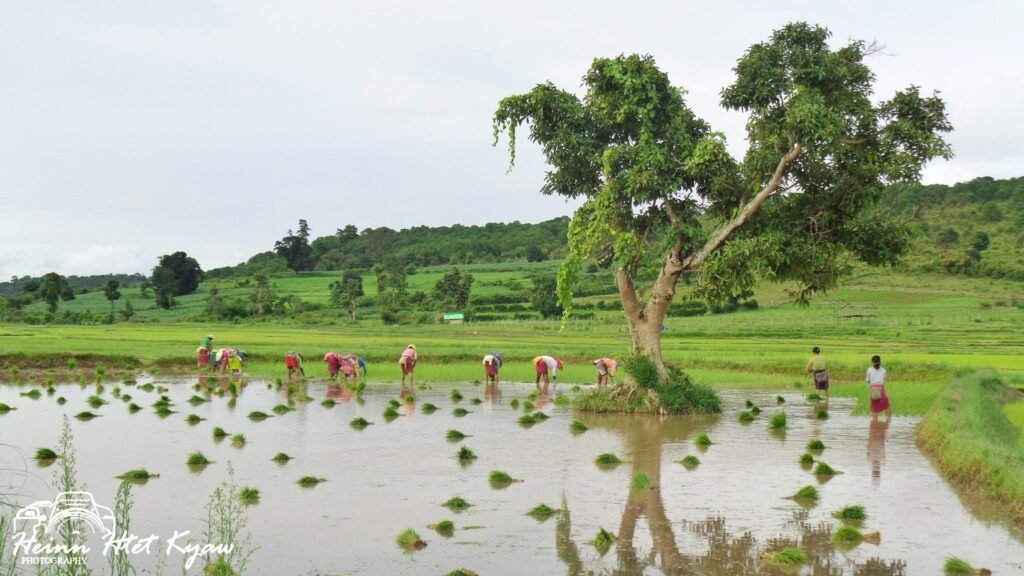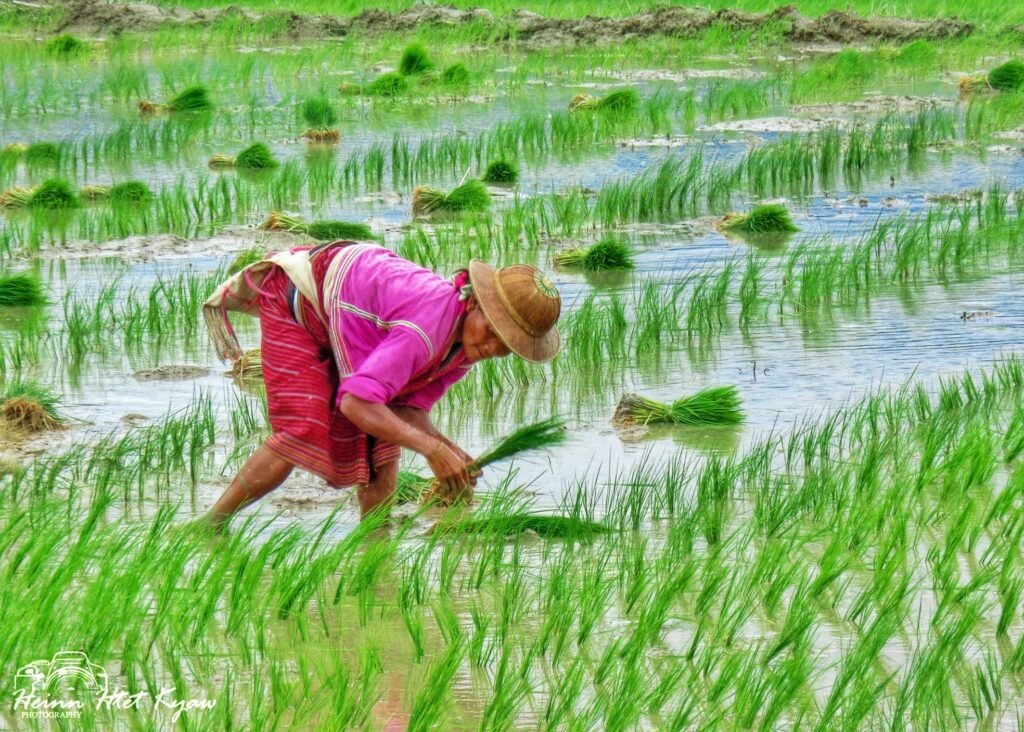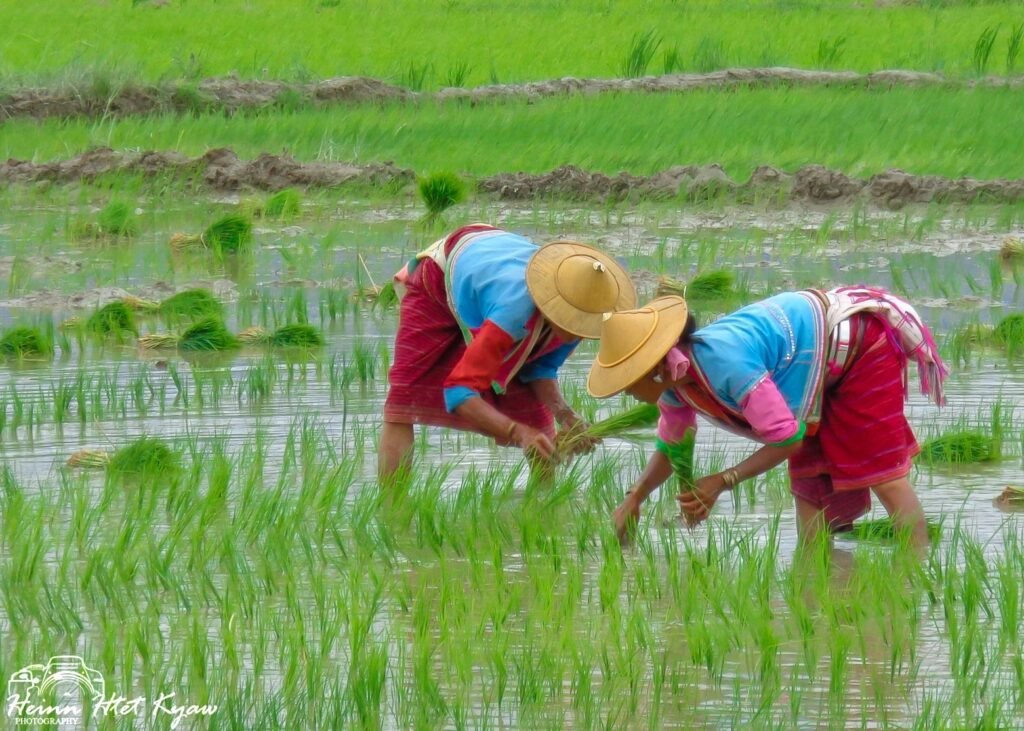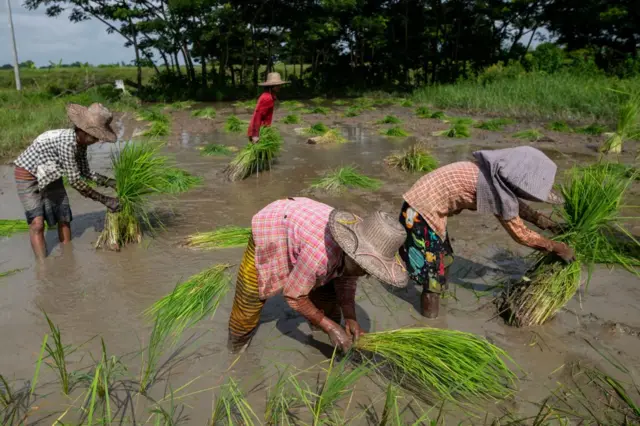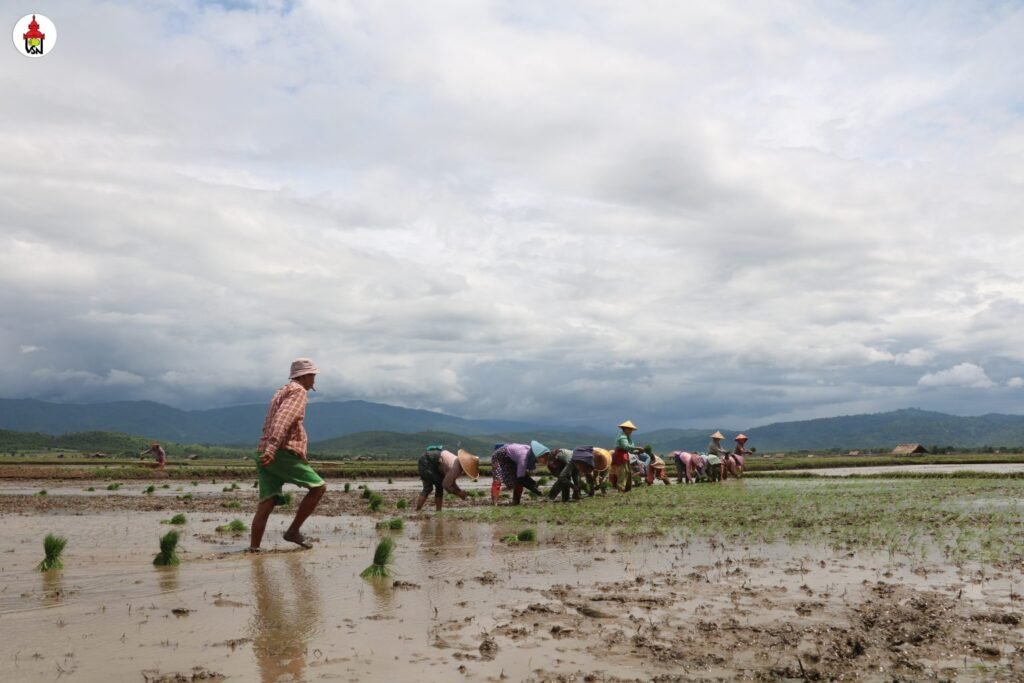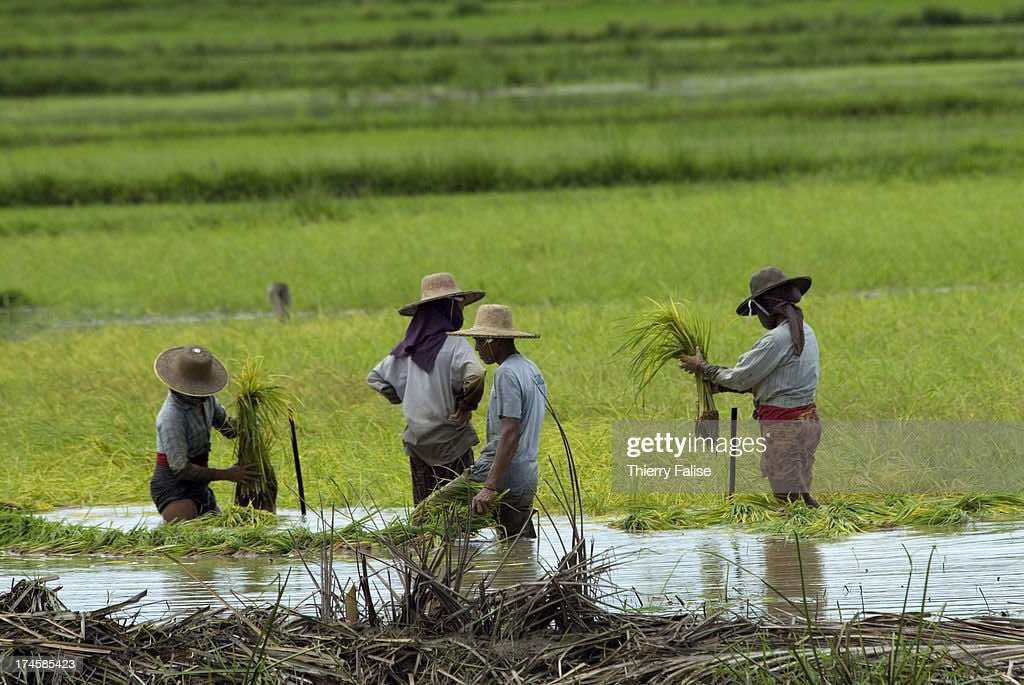Traditional Mon Rice Cultivate
Traditional rice cultivation among the Mon people is an essential aspect of their livelihood, culture, and heritage. For generations, rice farming has sustained Mon communities, providing food, income, and a way of life closely connected to nature. The farming process typically begins with land preparation before the rainy season. Farmers use oxen and wooden ploughs to till the land in a natural and environmentally friendly way. Field huts, made from bamboo and thatch, are built near the rice fields to serve as temporary shelters and tool storage. Seedlings are often grown in a nursery field and later transplanted by hand into the main field. Water is managed through small canals and rain-fed systems without modern machinery. Weeding and crop care are done manually with support from family members and neighbors. At harvest time, rice is cut by hand, threshed, and dried in the sun before storage. This traditional method reflects more than agricultural skill—it embodies the Mon people’s respect for nature, their seasonal knowledge, and their community spirit. Rituals and communal activities often accompany the rice farming cycle, reinforcing social ties and cultural identity. Despite modernization, many Mon farmers continue to preserve these sustainable, meaningful practices.
Seed Sowing
Mon farmers typically use traditional methods to plant rice. They either scatter the seeds directly or transplant the rice seedlings by hand. The process usually begins by growing seedlings in a separate nursery field. Once the seedlings are strong enough, they are carefully moved and transplanted into the main rice field. This method allows the plants to grow more evenly and produce better yields. It also reflects the Mon people’s deep knowledge of natural farming techniques passed down through generations.
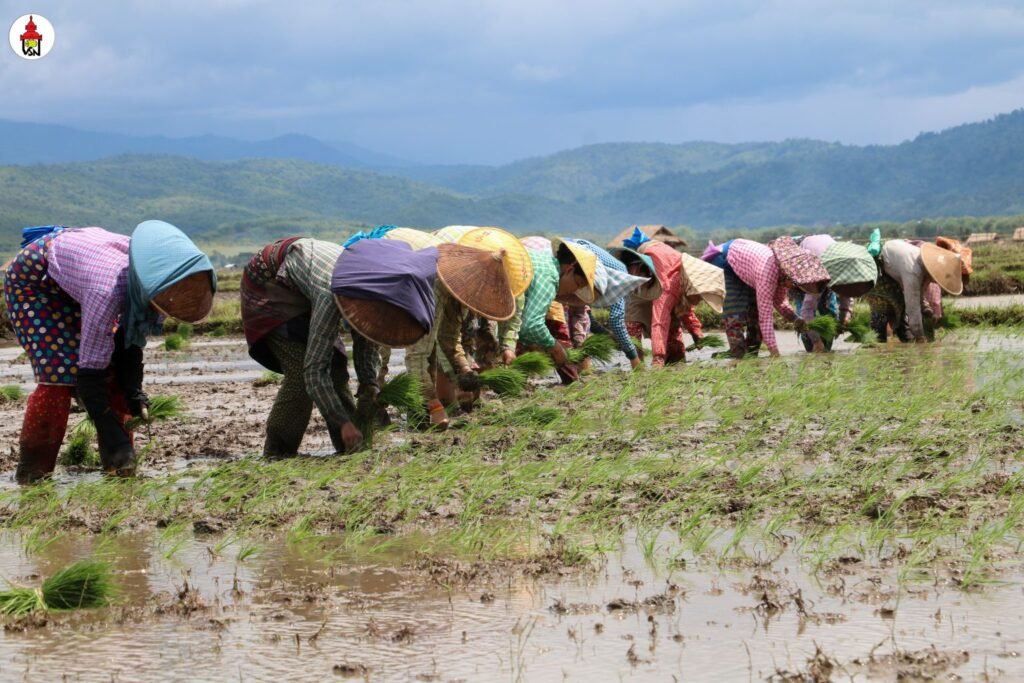
Special Event in August
Mon people cultivate rice in August because it matches the seasonal monsoon rains in Myanmar. Rice needs a lot of water, and the fields are usually flooded during this time. Farmers sow seeds in June or July, and by August, the young plants are ready to be transplanted. Planting in August allows the rice to grow and be harvested in November or December, before the dry season begins. This timing follows traditional farming practices passed down for generations. The natural climate, water supply, and experience make August the most suitable and productive month for rice cultivation in Mon communities.
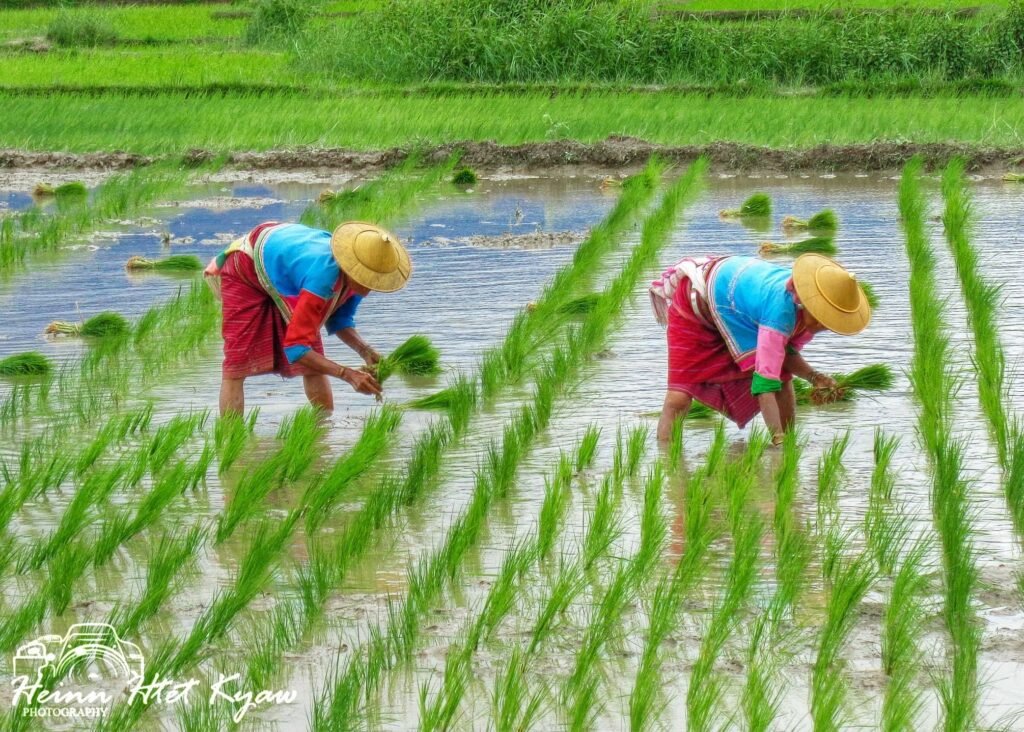
Community Offering Ceremony
Mon people gather with devotion to offer traditional items during the holy Waso month. This ritual reflects respect for Buddhism, unity in the community, and gratitude for peace and blessings. Offerings symbolize compassion, generosity, and cultural pride passed down through generations.
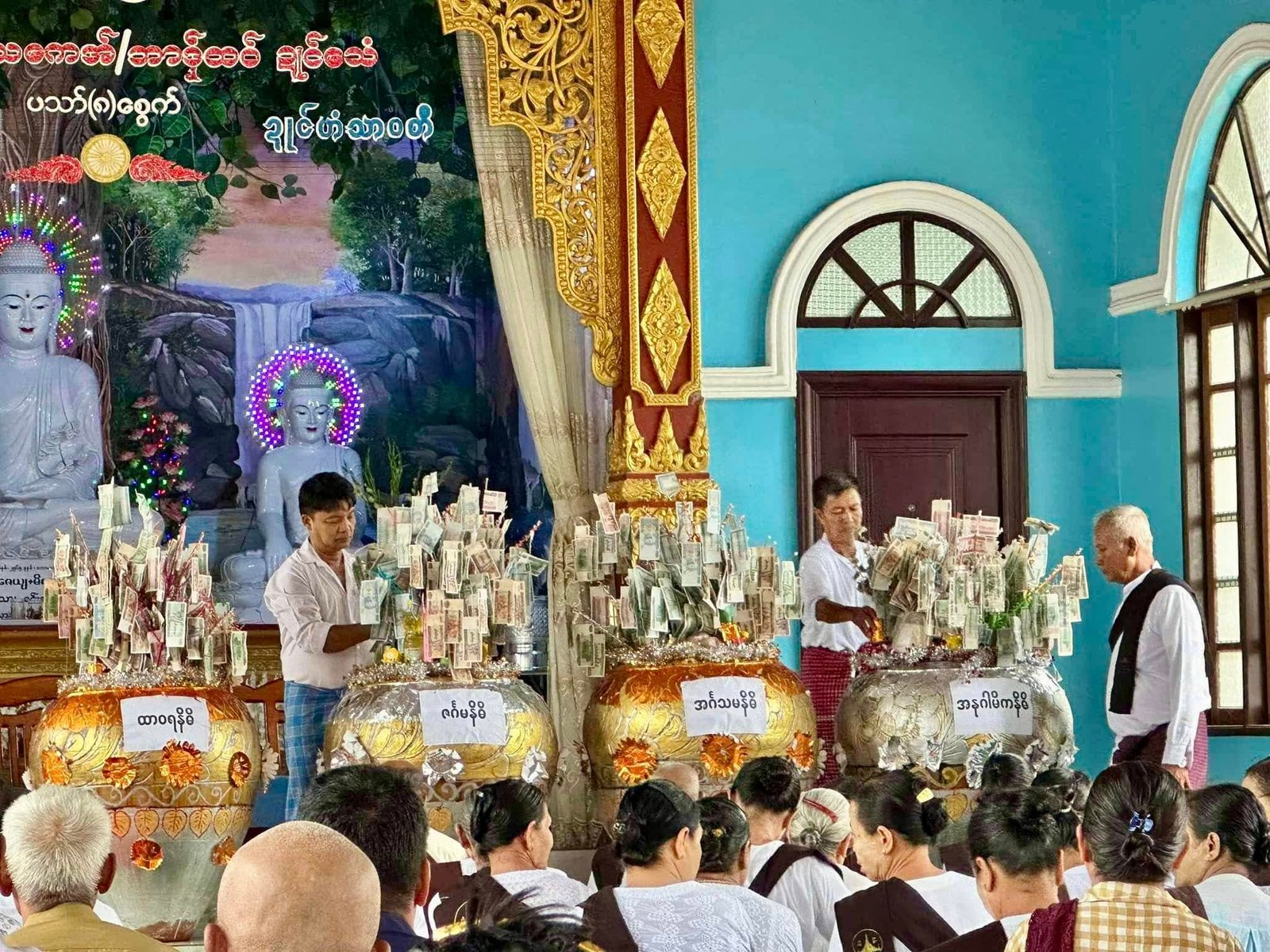
Gallery activity
